Exploring Xylene: What You Need to Know About This Common Solvent
Xylene is a widely used solvent with applications across multiple industries, from paint thinners to laboratory reagents. It is a colorless, flammable liquid with a sweet, aromatic scent and exists as a mixture of three isomers: ortho-xylene, meta-xylene, and para-xylene. Understanding its properties, applications, and safety considerations is essential for those who handle it.
Properties of Xylene
Xylene is an organic compound classified as an aromatic hydrocarbon. It is insoluble in water but highly soluble in organic solvents such as ethanol and ether. Its relatively low evaporation rate makes it an effective solvent in situations where slower drying times are beneficial. Due to its high boiling point and good solvency, xylene is commonly used in industrial processes requiring strong dissolution power.
Industrial and Laboratory Applications
Xylene plays a crucial role in various industries, including:
- Paints and Coatings: Used as a solvent in paints, varnishes, and adhesives to improve application and finish.
- Printing and Rubber: Aids in the production of inks, rubber, and dyes.
- Chemical Manufacturing: Serves as a precursor in the synthesis of other chemicals.
- Laboratory Use: A key component in histology and pathology labs for tissue processing and slide preparation.
Health and Safety Considerations
Despite its usefulness, xylene poses health risks if not handled properly. Short-term exposure through inhalation can cause dizziness, headaches, and respiratory irritation. Prolonged exposure may lead to central nervous system effects, including confusion and memory issues. Proper ventilation and personal protective equipment (PPE), such as gloves and masks, are necessary when working with xylene.
Safe Handling and Storage
To minimize risks, xylene should be stored in tightly sealed containers away from heat sources and direct sunlight. It must be handled in well-ventilated areas to prevent vapor buildup. In case of spills, absorbent materials like sand or vermiculite should be used for cleanup, and contaminated areas should be thoroughly cleaned to prevent exposure.
Conclusion
Xylene is an essential solvent in many industrial and laboratory applications, but its handling requires caution. Understanding its properties, uses, and safety precautions ensures effective utilization while minimizing health risks. Whether you work with xylene regularly or are simply exploring its applications, taking proper safety measures is key to responsible usage.

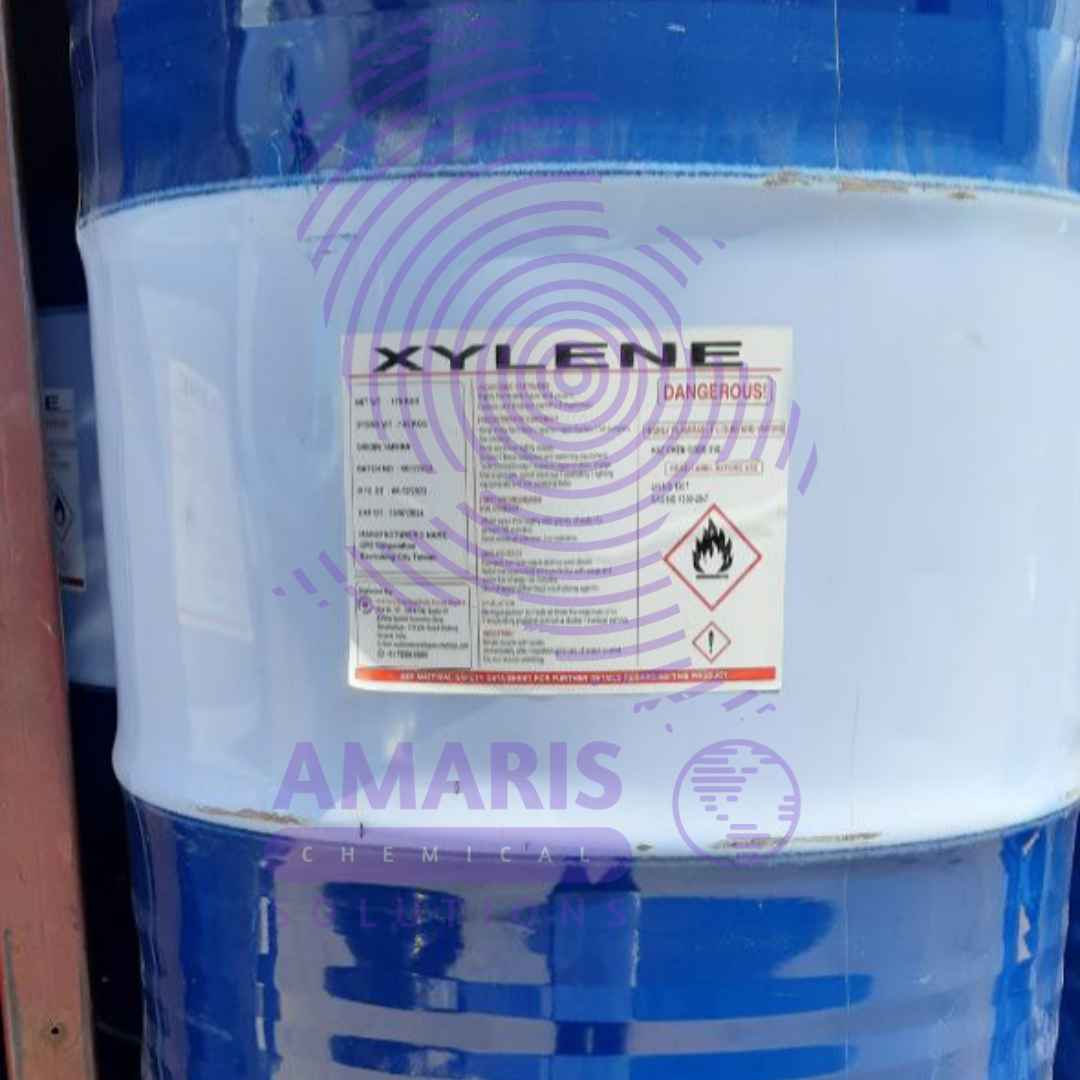

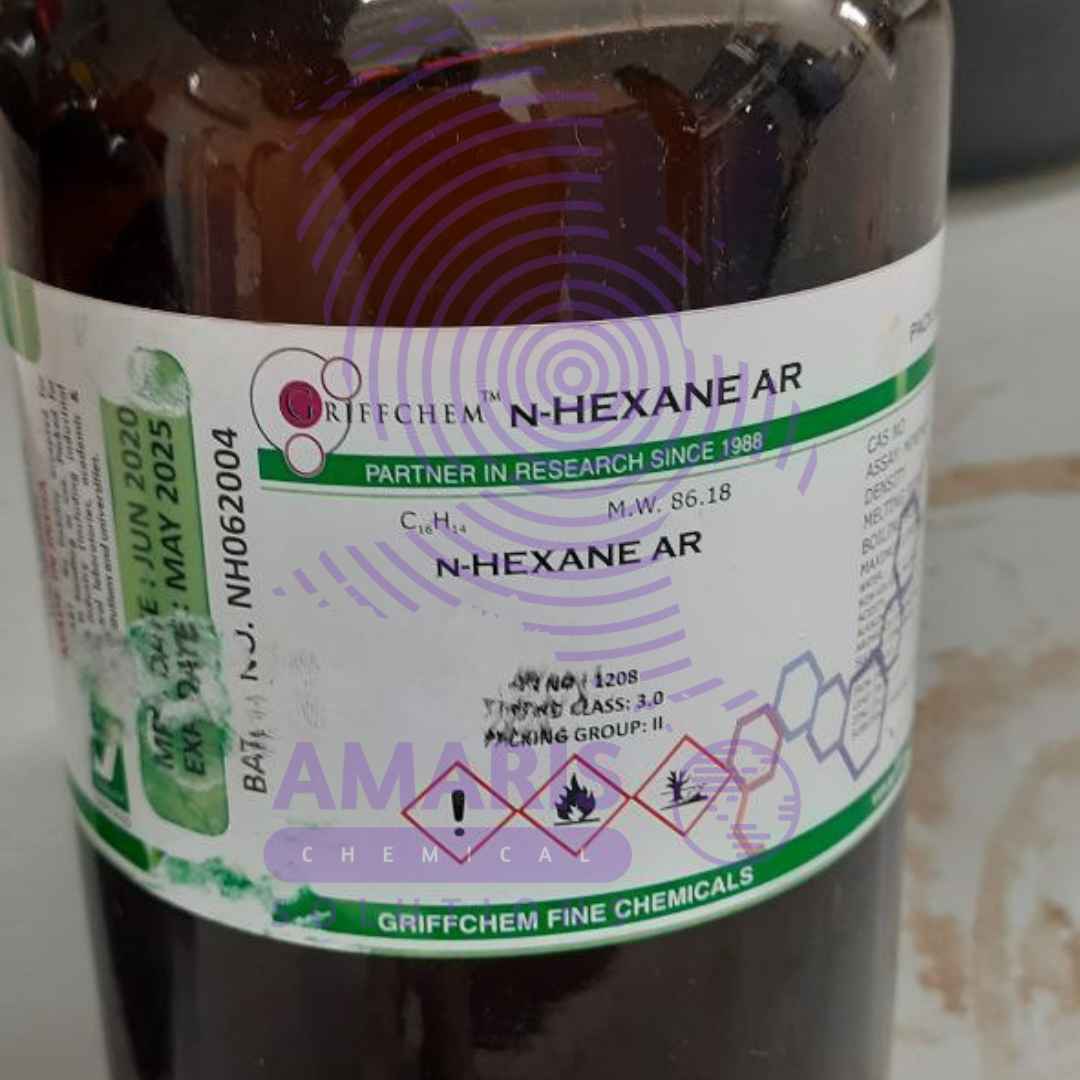

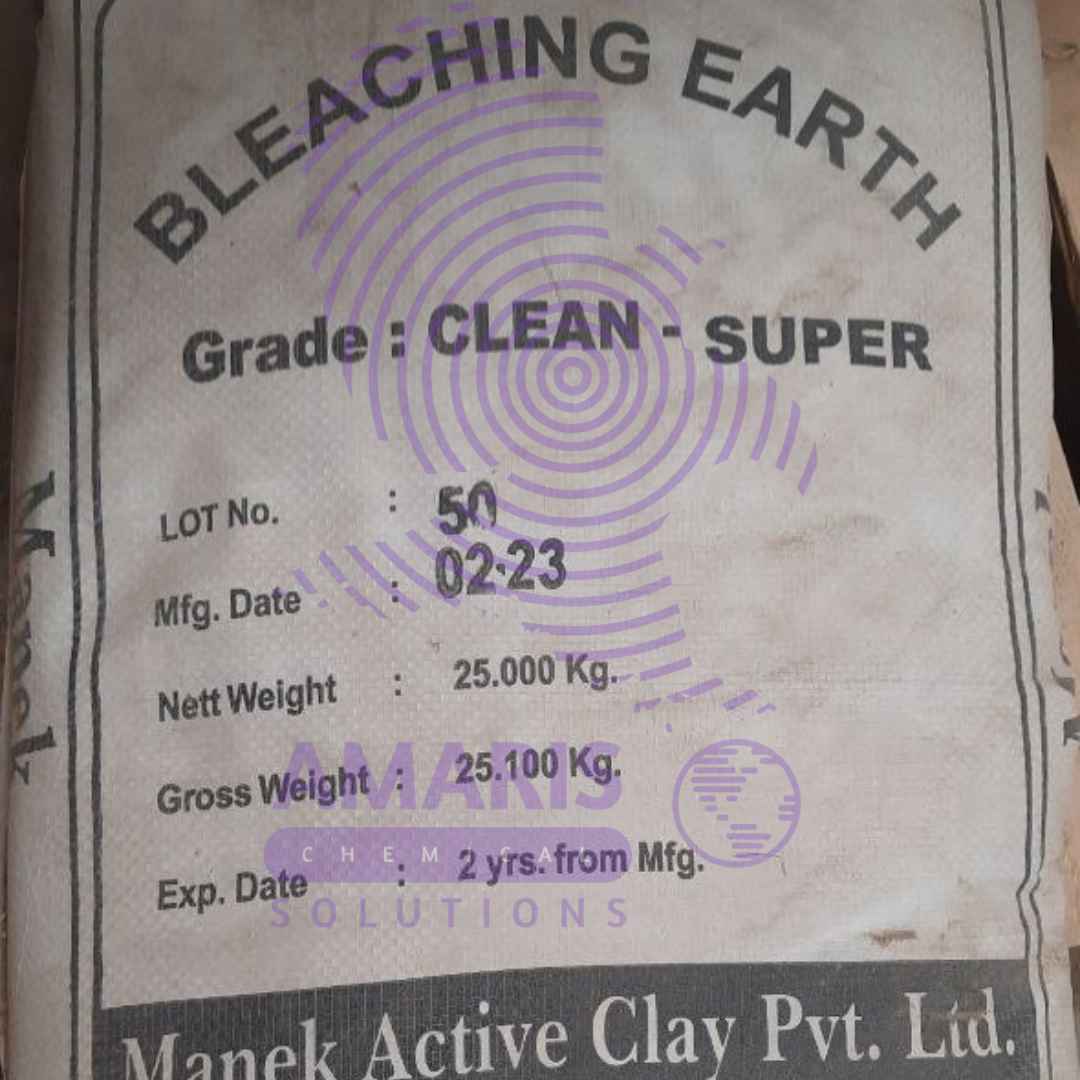

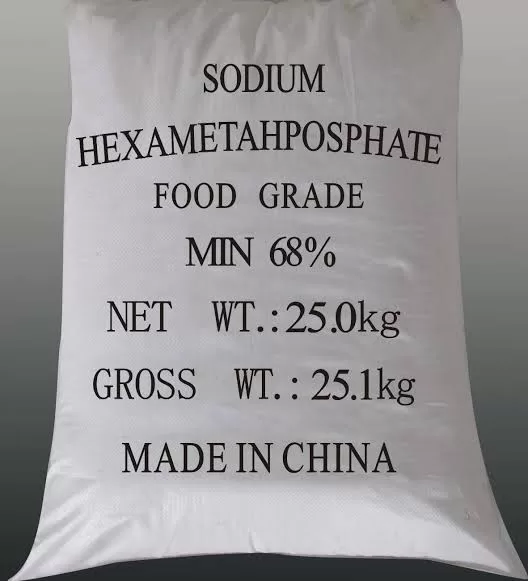
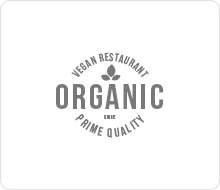



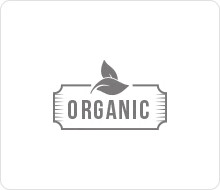

Add comment